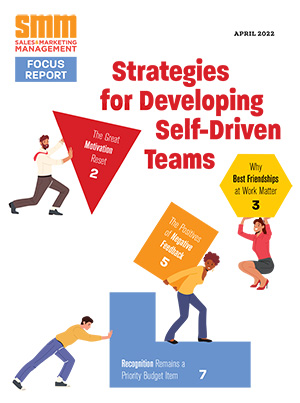
Americans continue to fuel a fitness craze. By any measure — total health clubs, fitness trainers and sales of fitness gear — growth in the past decade has been astronomical as the general population increasingly embraces a more active and healthy lifestyle.
So it stands to reason that the increase of employer-sponsored wellness programs would be a welcomed trend, right? Not so fast. Some workers have pushed back against their employer’s wellness efforts, claiming that requiring certain medical screenings and answering questionnaires is invasive and illegal.
In April, the Equal Employment Opportunity Commission (EEOC) released its long-anticipated proposed rule on the extent to which the Americans with Disabilities Act permits employers to offer incentives to employees to promote participation in wellness programs that are employee health programs. In order to ensure that participation in wellness programs are voluntary, the EEOC’s proposed rule limits the financial incentive that an employer may offer employees to 30 percent of the total cost of employee-only coverage under the plan, including both employee and employer contributions toward the cost of coverage (or 50 percent to the extent that the additional percentage is attributed to tobacco prevention or reduction).
In response to the backlash about wellness programs being invasive, employers say they are striking a balance between encouraging participation and protecting the choice of their workers. Brian Marcotte, president and CEO of the National Business Group on Health, a policy group representing large employers, told National Public Radio that most health care costs are lifestyle related, with a goal of reducing costs for themselves as well as their workers. “At the end of the day, employers want healthy, productive, engaged, resilient employees, and the most competitive workforce possible,” Marcotte says. “Investments in health and well-being are part of that equation.”

Generating employee interest and participation in wellness programs has proved challenging. A report released by Fidelity Benefits Consulting states that 79 percent of employers will offer incentives in 2015 compared with 63 percent in 2010, and the average maximum incentive increased from $594 last year to $693 in 2015. Yet only 47 percent of employees earn the full incentive amount and 26 percent earn a portion of the incentive.
In a blog post at HealthAffairs.org, Soeren Mattke, managing director of RAND Health Advisory Services, says “bending the curve” with wellness programs as currently designed is an elusive goal. He fears some employers will bail out of wellness programs due to lack of ROI.
Allowing employers to shift up to 50 percent more of the cost to employees with poor health choices will substantially increase a system that is already regressive in nature by increasing cost sharing or nudging people to drop coverage.

“In my mind, exposing the most vulnerable employees to that level of pressure would be sound policy if, and only if, workplace wellness programs were powerful enough to reverse years of deeply engrained behaviors,” Mattke states. “Yet our data show that they are not even attracting more than a quarter of employees and have a modest impact on those who participate. That is why I believe it is time to start rethinking workplace wellness, and come up with models that are both fairer and more effective.”
A 2014 New York Times story reported that researchers found that participation in a PepsiCo Healthy Living program that included lifestyle management and disease management components did produce lower health care costs, but only after the third year, and all from the disease management components of the program.
“When more broadly implemented and focused on lifestyle management, as many wellness programs are, savings may not materialize, and certainly not in the short term,” the Times story stated. “Employers may misunderstand the research if they think that just any wellness program, by itself, is the surest route to reducing overall health care spending. That just isn’t the case.
It may be true that, if designed well, some programs can save money for both the employer and employees in the long run, but not by focusing on lifestyle changes. Programs that merely do that may cut employer costs, but only by shifting them to employees. If firms wish to count that as a victory in the battle against health care costs, they may do so, but their employees may look at it differently.”



